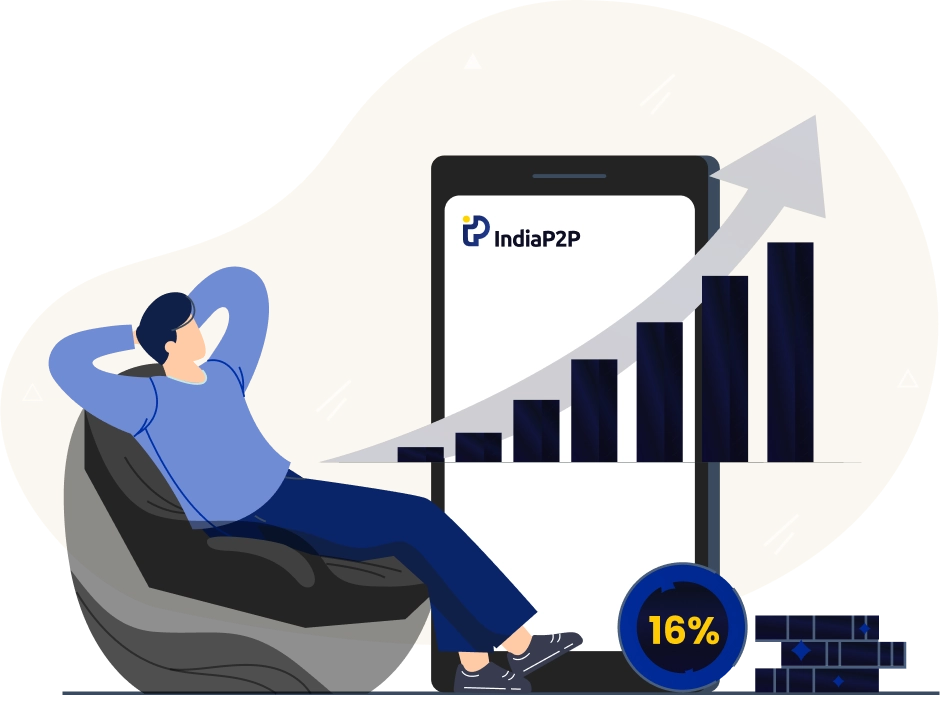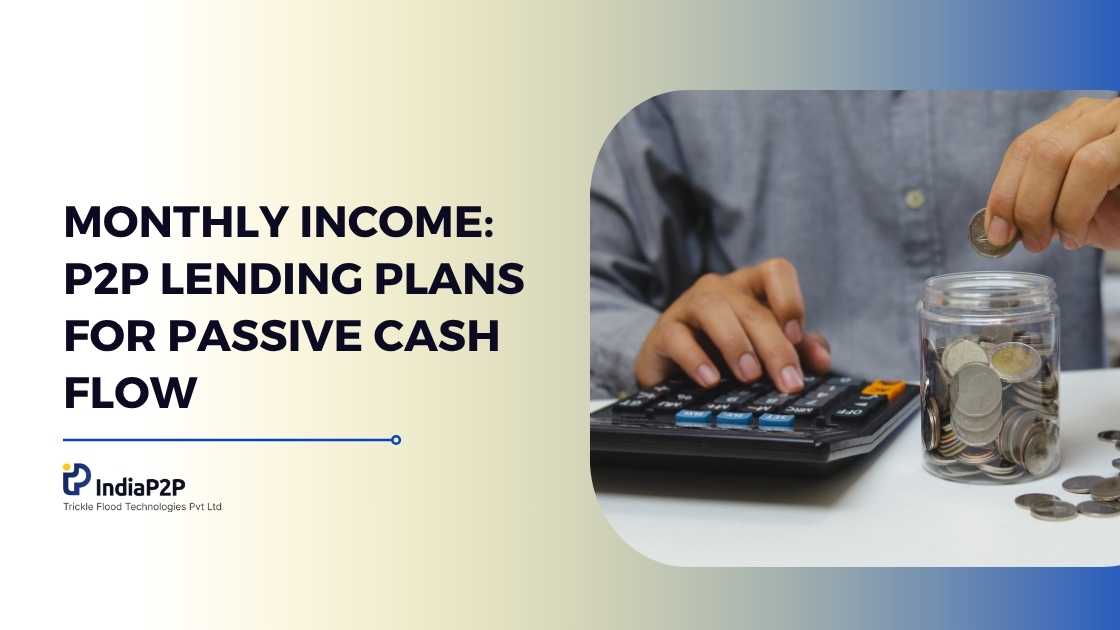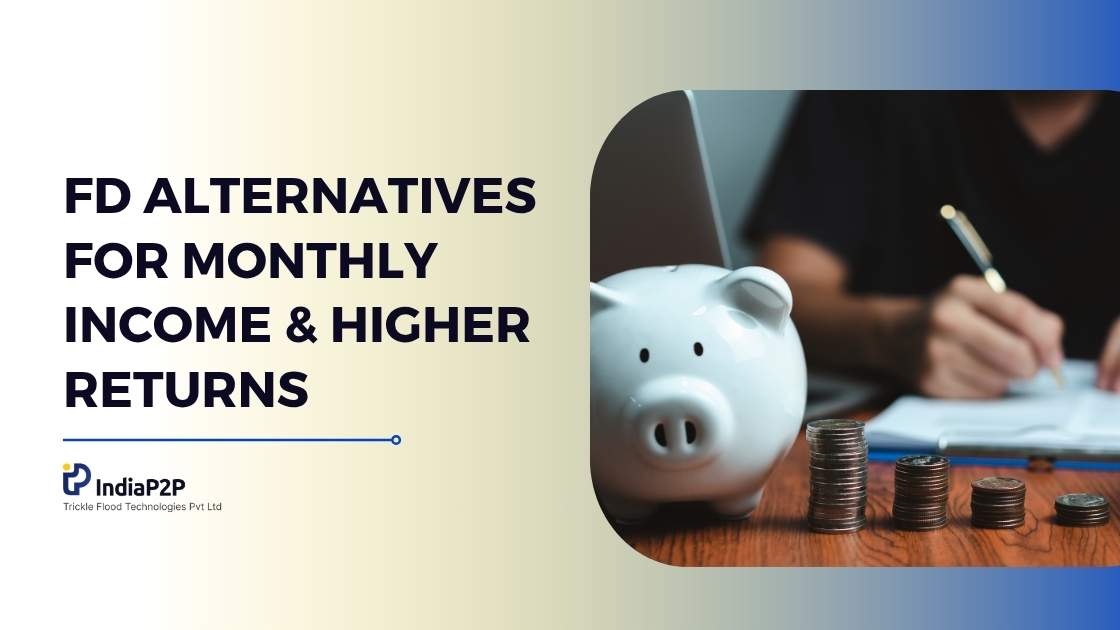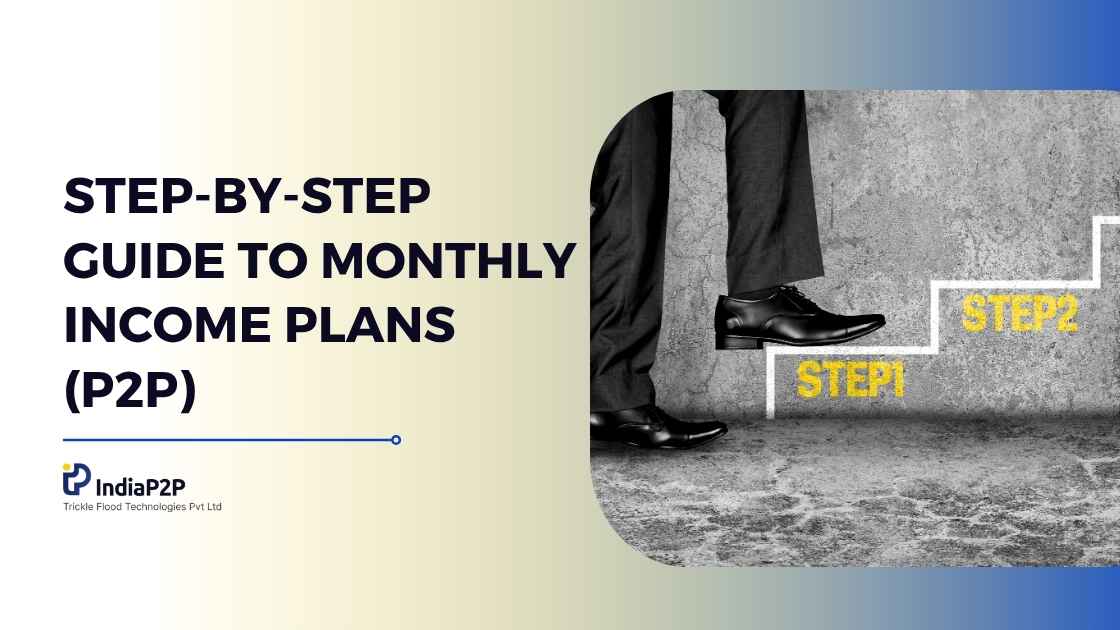No-Cost EMI & BNPL: Hidden Costs and Financial Risks Explained
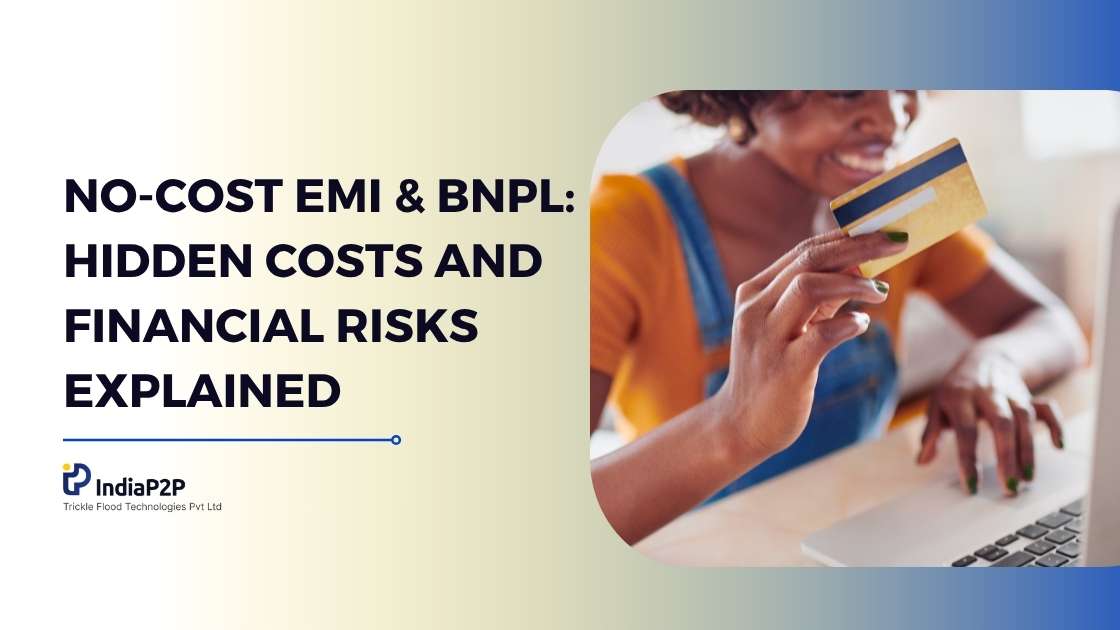
No-cost EMIs and BNPL schemes appear attractive but often include hidden charges, encourage overspending, and can hurt your credit score. Understanding the true cost of EMIs and using smarter financial alternatives can protect your long-term financial health.
With the digitisation of payments, online marketplaces are full of innovative and seemingly attractive payment options for buyers. While they make it seem that the buyer is the beneficiary, the truth is very different.
Payment options such as “No-Cost EMIs”, and “Buy Now, Pay Later”, or “BNPL” have recently gained popularity. These options are now available for almost everything sold on the internet. Netizens are attracted to these options since they are presented as convenient and at no additional cost. Moreover, these payment options are a tool for the e-commerce market to attract buyers who would have otherwise hesitated to make big purchases. These solutions are also known to trigger compulsive buying behaviour.
In this article, we will explore the disadvantages of no-cost EMIs and buy now, pay later options, and we will see how they affect your financial behaviour and well-being in the long run. We will try to unearth the hidden costs associated with such “no-cost” options.
Evolution of No-Cost EMI and BNPL
The evolution of financial solutions such as No-Cost EMI (Equated Monthly Installment) and Buy Now, Pay Later (BNPL) has transformed how individuals make purchases. This revolutionary shift in payment methods has been particularly prominent in India, a country with a vast and growing middle class. These payment models have gained immense popularity, reshaping the traditional approach to buying expensive items.
EMIs emerged to enable individuals to afford high-value purchases by spreading payments over several months; hence the name “Equated Monthly Installments”. However, traditional EMIs included interest rates, making them less attractive to cost-conscious buyers. Each instalment comprises a portion of the item's original cost and a time-relative interest amount. Even though EMI became popular, they were largely unattractive because of the interest charged, which effectively increased the purchase price.
This prompted the inception of “'No-Cost EMI”, apparently eliminating interest charges to attract more customers. Similarly, the Buy Now, Pay Later model became popular, allowing consumers to make purchases upfront and settle the amount in instalments later, often with no interest during the promotional period. Fintech companies and banks have been vehement in advertising and marketing these solutions as consumer-friendly. They’re obviously not being honest!
Hidden Costs of “No-Cost” EMI and BNPL
Let’s first understand how EMI is different from “No-Cost EMI”. While both EMI and No-Cost EMI offer the flexibility of paying in equal monthly instalments, the main difference lies in the absence of interest charges in No-Cost EMI.
No-cost EMI seems tempting at first glance, with no additional interest payments, but hidden costs can catch purchasers off guard. On the face of it, No-Cost EMI seems attractive, considering you can buy a good or service for its exact price while dispersing the payments over a period. This is effectively like interest-free loans. So, who’s paying for your purchases? And what do they get in return?
No-cost EMI works by spreading the total purchase amount into equal monthly instalments. This makes it look like there's no additional interest charged. However, the interest is typically taken care of by the merchant or seller, who takes it from the consumers by subtly inflating the product's price. Customers then pay the instalment amounts without incurring apparent interest charges, which attracts more buyers due to the lack of added expense. In reality, the customers end up paying more for their purchases.
BNPL, on the other hand, allows customers to acquire an item without having to pay for it immediately. It delays payment over a predetermined period. Often, a promotional period with no interest gives consumers a false sense of financial ease. However, if the entire amount isn't paid back within this period or deadlines are missed, substantial interest rates kick in, significantly increasing the overall cost. Notably, these interest rates are usually on the high end.
Behind the scenes, financial institutions and banks capitalise on these payment models to generate revenue. While "No-Cost" implies no extra charges, sellers inflate the product price to cover the interest they must pay the banks. Additionally, BNPL lets banks and financial institutions profit from late fees, penalties, and high interest rates incurred when customers fail to adhere to instalment deadlines or promotional periods.
While these payment options provide short-term relief to consumers, financial institutions leverage hidden costs and penalties, ensuring they earn profits through these seemingly attractive schemes. At the end of the day, it’s always the consumer that has to bear the cost. As a consumer, you should be thoroughly aware of the stringent terms and conditions of these seemingly lucrative payment options.
"Also Read: Diversify Your Income: Best Side Hustle Ideas for Additional Monthly Income"
Healthy Purchasing Behaviour: Answer to the Curse of No-Cost EMI and BNPL
Controlling purchasing behaviour is vital in developing healthy financial habits. It's essential to differentiate between needs and wants, prioritising essential purchases and refraining from unnecessary ones. Building an emergency fund and practising delayed gratification can significantly reduce the reliance on EMI or BNPL options. Good purchasing behaviour will go a long way in helping you save up for your long-term goals.
Budgeting plays a crucial role in developing a healthy purchasing habit. A monthly budget outlining income, expenses, and savings goals, including investments, helps make informed spending decisions. Allocating funds for discretionary expenses and sticking to the budget ensures responsible financial management.
Furthermore, educating oneself about financial literacy and understanding the terms and conditions of EMI, No-cost EMI, or BNPL schemes is imperative. Reading the terms carefully before making a purchase, being aware of hidden costs, and evaluating the product's actual price before opting for such payment methods can prevent unforeseen financial burdens.
Lastly, exploring alternative payment options like saving up for purchases or opting for low-interest traditional EMIs, if necessary, can mitigate the risks associated with No-Cost EMI or BNPL schemes. Developing the habit of saving up for big purchases is key to financial management. It teaches you restraint and increases the pleasure of big or discretionary purchases.
Conclusion
While No-Cost EMI and Buy Now, Pay Later options offer convenience and flexibility in the short term, they come with hidden costs and potential risks that you must consider carefully. Developing disciplined financial habits, prudent spending, and being informed about payment schemes can empower individuals to make sound financial decisions and avoid unnecessary debt traps. Additionally, developing the habit of saving up for big discretionary purchases is always rewarding in the long run.
